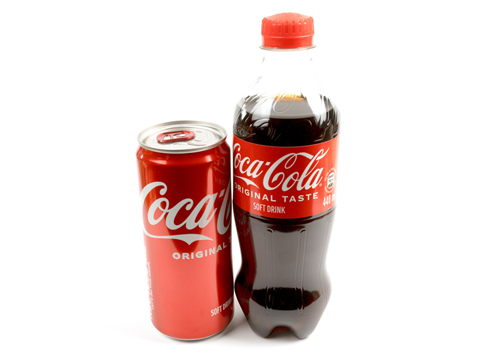
Coca-Cola might sell more of its drinks in plastic bottles if Donald Trump’s tariff on imported aluminium drives prices too high, its chief executive says; yet he also warns against “exaggerating the impact” of this expense on such a large corporation.
As Trump enforces 25% tariffs on steel and aluminium imported into the United States, chief executive James Quincey told investors in an earnings call that “if one package suffers some increase in input costs, we continue to have other packaging offerings that will allow us to compete in the affordability space.
“For example, if aluminium cans become more expensive, we can put more emphasis on PET bottles, et cetera, et cetera. So we will adapt the packaging strategy in function of change in the relative input costs of what goes into that.”
Fortune cautions that returning to plastic bottles “could put the company at odds with consumers and environmental advocates pushing for reduction of single-use plastics”, even if the move is only temporary. In its latest global brand audit, for example, Break Free From Plastic named Coca-Cola the top global plastic polluter for the sixth consecutive year.
It is also one of several companies to revise its sustainability goals. Originally aiming to include at least 50% recycled material in its primary packaging by 2030, it now sets its sights on 35% to 40% recyclate in primary plastic, glass, and aluminium packaging by 2035.
However, Quincey suggested that packaging is not a major contributor to company costs, commenting: “I think we’re in danger of exaggerating the impact of the 25% increase in the aluminum price relative to the total system. It’s not insignificant, but it’s not going to radically change a multibillion-dollar U.S. business.”
He also asserted that Coca-Cola is “expecting more variation in agricultural than industrials”, describing the brand as “predominantly a local business” in which “the vast majority of everything that’s consumed in the U.S. is made in the U.S.
“So yes, every bottler will be importing something from somewhere as a piece of the puzzle, but the economics are more predominantly local than they are global.”
Coca-Cola’s latest environmental update states that 26% of its packaging was sold in aluminium and steel containers in 2023, totalling around 74 billion items of packaging. By comparison, 47.7% or approximately 137 billion plastic bottles, primarily made of PET, were sold in the same year.
Tariffs on imported goods could bolster America’s domestic recycling industry, our brand director Tim Sykes previously speculated. In the same vein, Charles Haverfield, CEO of US Packaging & Wrapping, recommended that American companies reduce their reliance on imports by reshoring production and investing in closed-loop recycling.
Trump has also rescinded the Biden-Harris Administration’s efforts to eliminate single-use plastics across America’s federal government agencies by 2035, describing the “push” for paper straws as “ridiculous” due to their functional shortcomings. Consumers have expressed mixed opinions, ranging from passionate support to recommendations for completely different straw materials.
If you liked this story, you might also enjoy:
Reuse vs. single use – which is better for the environment?
Sustainable Innovation Report 2025: Current trends and future priorities
What can the world learn from South Korea’s world-leading performance in plastics circularity?

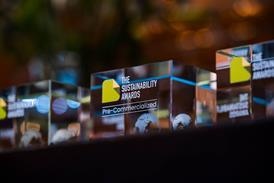

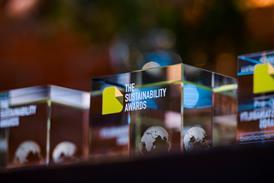
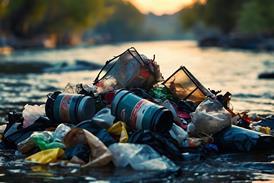
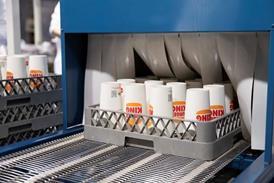












No comments yet